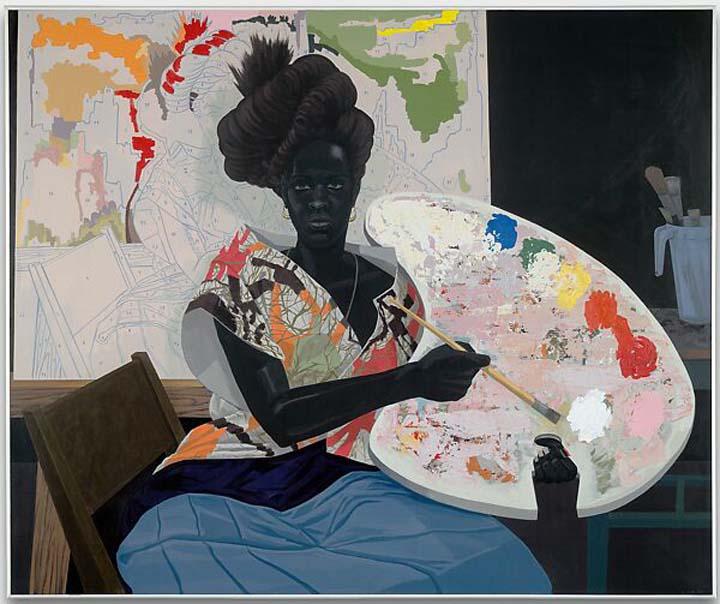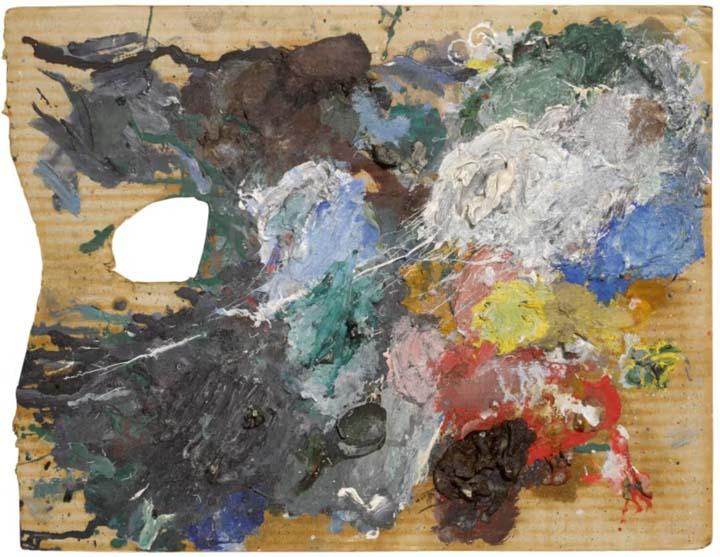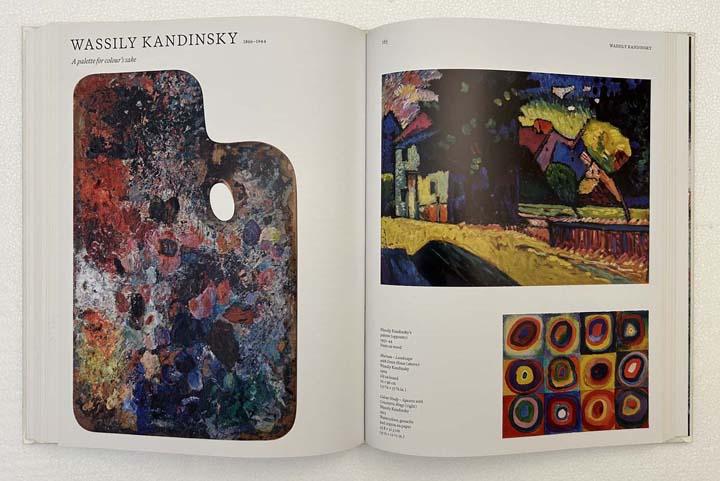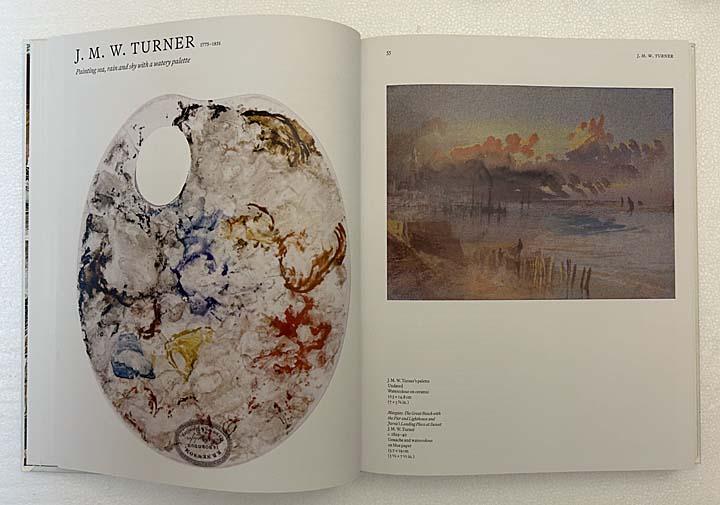DIARY: The Artist's Palette
However we use color—as designers, painters, illustrators, printmakers—in whatever mediums we choose—by analog or digital means—and to whatever level of skill and practice—there is always more to learn. The recent snap of sweater weather here in NYC triggered a back-to-school state of mind, resulting in a studio cleanup of materials, and ideas about my own next art program. So when The Artist’s Palette by Alexandra Loske (Princeton Architectural Press 2024) drifted into view, I dropped everything. Above: Kerry James Marshall, Untitled, 2009, courtesy of The Metropolitan Museum of Art
For many people, (self included) the study of color theory is something one barely tolerates and gets through with grinding teeth. There are, in fact, many ways of understanding color without delving into the physical sciences. Charts by the great ones, from Goethe to Albers are helpful when put to use in the studio. But now we have something else altogether: an alluring book that offers artist portraits—sometimes, self-portraits—through their use of color—and the science behind those colors, within the context of their times.
The generous page size, superlative print quality and binding [with quarter-bound linen boards and gold stamped title] make it a special gift to whomever picks it up. The author has selected 50 artists—including five women—working over a period of 500 years, to tell the story of art through color. The artists statements quickly get the reader into the mix:
"Color! What a deep and mysterious language, the language of dreams." Paul Gauguin
“Actually, you work with few colors, but they seem like a lot more when each is in the right place.”—Pablo Picasso. Below: Picasso's palette on cardboard recently sold at auction for close to $70,000
“If you look at the palette I was using you’d think, ‘Well that’s black, black and black next to each other.’ …But when I use them in a painting next to each other, the differences become more apparent….I’ll mix in cobalt blue, a chrome oxide green, an earth tone like raw umber….What I’m doing is changing the temperature, from cool to. Warm and warm to cool.” –Kerry James Marshall
Loske presents the work and ideas of these artists through their palettes. The table of contents—a two-page spread—gives an overview of the subject, and offers a capsule of each artist’s personality. For example: Eugene Delacroix, A palette composed of precious stones; Gabriel Munter, A palette like birdsong; Pablo Picasso, A palette and some beasts. And that is just a sample of what lies ahead.
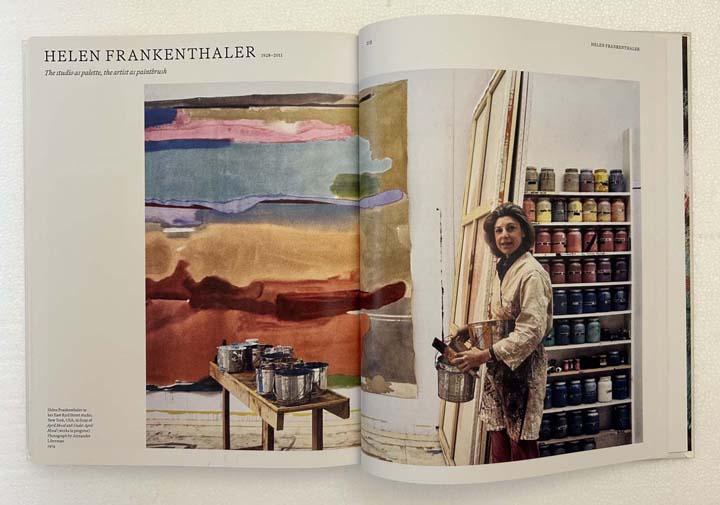
Each artist’s section is a portrait written in the language of color, with great surprises along the way. We learn that Monet achieved the subtle blues in his waterlilies paintings by adding light cadmium violet to his mix. And that while he professed to using a limited palette, the research that went into this book reveals that he employed a full range of modern artificial colors, including synthesized malachite that he used in the series of colossal waterlilies done towards the end of his life.
Many of the artists left detailed notes on exactly how they mixed their colors, Rosa Bonheur for one. She offers a full account of how she mixed pigments to achieve naturalistic colors for her animal subjects. And in this section we also learn that Bonheur's great sucess enabled her to purchase a chateau overlooking the Seine near the forest of Fountainbleau with the proceeds from the sale The Horse Fair, which is in the collection of The Metropolitan Museum of Art. The chateau is now a museum open to the public.
Wassily Kandinsky was not only one of the pioneers of abstraction in art but also a respected writer on the subject. In his book Concerning the Spiritual in Art, he notes, “Color is the keyboard, the eyes are the hammers, the soul is the piano with many strings. The artist is the hand that plays, touching one key or another with the intent to cause vibrations in the soul.” In his section, which runs to six pages (rather than the usual four), we find the color charts he referred to along with annotated photos of the jars of pigments from his studio. Together with his writings, a photo of Kandinsky in his studio shows a man working with the precision of a chemist; the only place he allowed himself to go wild was in the brilliant mixes he made on his messy palette—seen in the photo above, left, flanked by two of his sublime abstractions: one organic, the other geometric in form.
There are many surprises in this book, including the luminous porcelain palette of JMW Turner (above); an ad hoc palette of Picasso done on a piece of corrugated cardboard (further above); two used palettes of Camille Pissarro on which he painted landscape scenes as collectible items (below). In addition to the informative and enjoyable texts, Loske has created a graphic proportional breakdown of the colors used by each artist. These charts demonstrate the basic qualities of each color in use: hue, temperature and value. So I wish you a blissful immersion in the colors of your choice for this holiday weekend!—Peggy
Alexandra Loske is a British-German art historian and writer. She is the Curator of the Royal Pavilion in Brighton, East Sussex, and serves as a research associate at the School of Media, Arts and Humanities at the University of Sussex. She is the author of Color: A Visual History from Newton to Modern Color Matching Guides and Mary Gartside (c. 1755–1819): Abstract Visions of Colour, the lead author of The Book of Colour Concepts, and the editor of A Cultural History of Color in the Age of Industry.
If you would like to subscribe, please go here



